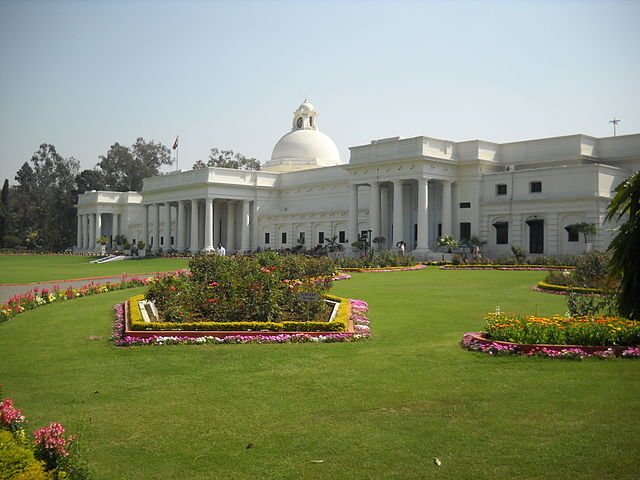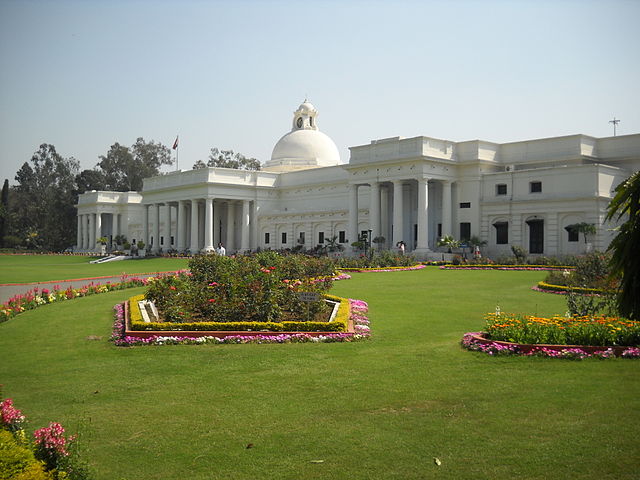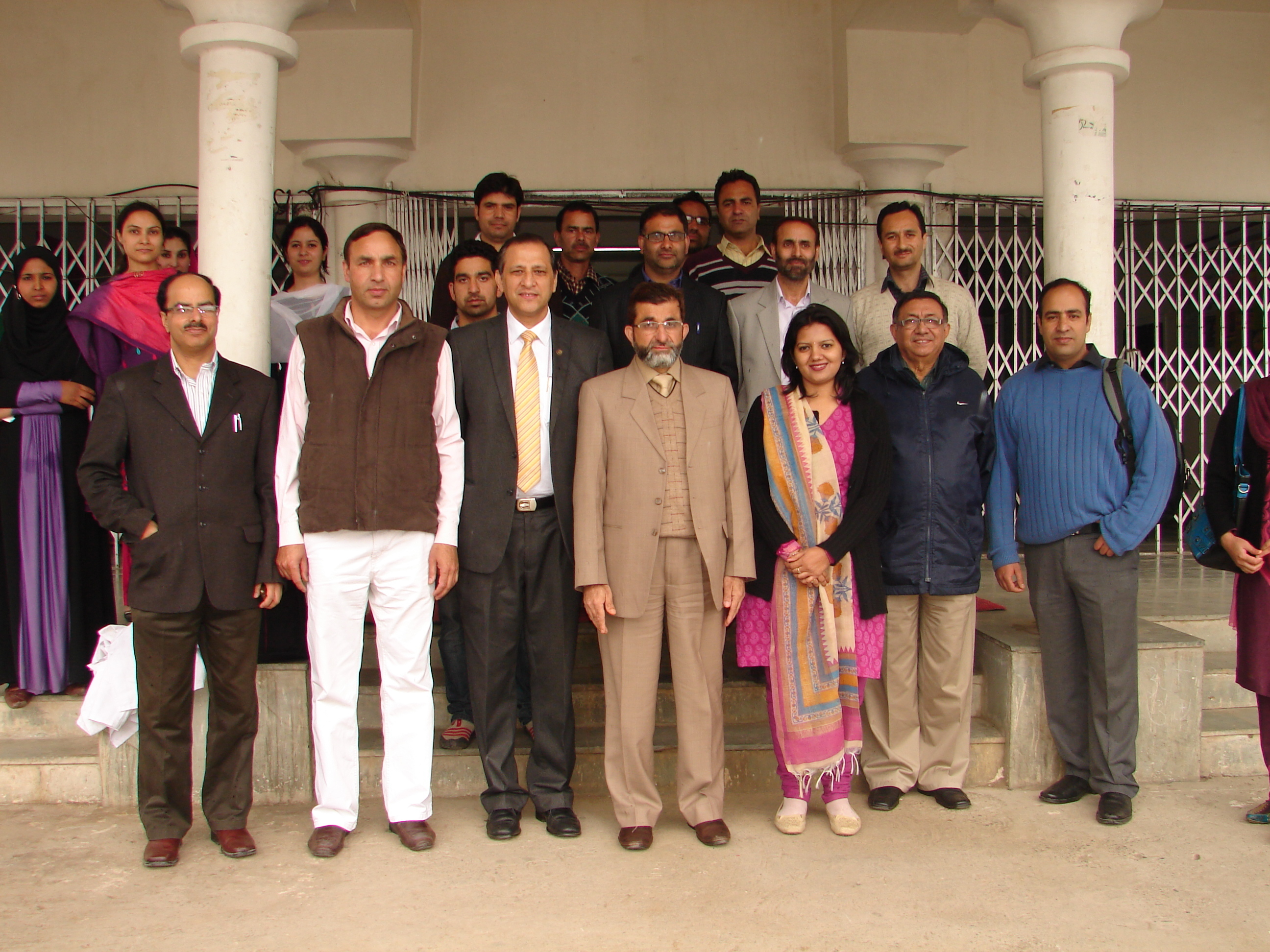
The Biotechnology sector in India has seen immense growth over the past few decades, and infrastructure, human resources and policy structure have been the key drivers for achieving global competitiveness. With a huge base of talented, skilled and cost-competitive manpower, India has great potential to become a leading global player in biotechnology. The Human Resource Development programmes of the Department of Biotechnology (DBT), Ministry of Science and Technology, Government of India have played an important role in nurturing the next generation of researchers. One such DBT-HRD initiative — the Post-Graduate Teaching Programme, started with 6 universities in 1985 and scaled ten-fold in the past two decades.

As the Post-Graduate Teaching programme has been in existence for more than two decades, an in-depth assessment of current practices was thought crucial for incorporation of practices towards strengthening their effectiveness. I was part of the BCIL (Biotech Consortium India Limited) team conducting an independent evaluation study commissioned by DBT to assess the overall success and potential gaps of the program, as well as provide suitable recommendations and future directions.
The evaluation study included extensive preliminary research, eliciting feedback from Heads of Departments (HODs), students and external experts, and conducting site visits to all universities/institutions with DBT-supported teaching programmes. The assessment critera took into account various performance indicators including faculty teaching quality and mentoring, research environment, infrastructure, and academic activities.
Considering that students are the key beneficiaries of these programmes, their frank inputs regarding satisfaction with the program were gained through detailed discussions in absence of faculty. Some of the global ranking systems — Times Higher Education (THE), Academic Ranking of World Universities (ARWU), etc rely on self-reporting rather than validation through site-visits, and reputational surveys rather real-time student experience, which could lead to generation of subjective data. To circumvent this, in addition to student surveys, the evaluation team comprising of experienced academicians conducted individual assessments to generate an unbiased metric of the quality of teaching.
The detailed findings, gaps and specific recommendations for each of the 71 programmes have been submitted to DBT. Several fledgling programmes are striving to achieve excellence and flagpship programmes striving to maintain excellence while there are some that are performing poorly. The quality of teaching of programmes at Jawaharlal Nehru University, IIT-Mumbai, IIT-Roorkee, IIT-Kanpur, IIT-Kharagpur, Banaras Hindu University, GB Pant University, Jammu University, University of Hyderabad, Aligarh Muslim University, Indira Gandhi Agricultural University and Sher-e-Kashmir University, to name a few, were well appreciated by students as well as respective head of institutions and received enthusiastic support internally.
The students of some other programmes conveyed a deep sense of frustration, and it was noted that student assessment of the programmes was also negatively affected by logistic issues — including delayed receipt of fellowships and dissatisfaction with facilities such as hostel, restrooms and food.
It is imperative that the university administration provide the much-needed support in terms of direction, mentorship and resources to facilitate strengthening of the programmes. While the mandate of the funding agencies is simply to disburse funds towards a research project/teaching programme, the onus for optimal resource utilization and execution lies with the department or university. Based on my experience during the study, I present below an indicative list of best practices of the top-performing teaching programmes with sound academic, research and placement records. While there have been many critiques on the quality of biotechnology education in India, I wish to specifically focus on the positive aspects of the teaching programmes that have benefitted post-graduate biotechnology students:
-Head of Department/Course Coordinator—Departments/programmes driven by dynamic leadership with prolific experience in both academia and administration were most successful.
-Course Curriculum—Defined course curriculum roadmap, with a fair balance of foundational and applied biotechnology teaching to cater to the needs of the students and not to be designed to suit the expertise of the recruited faculty. Students should be given the flexibility for choosing electives from other departments as well.
-Classes 101—Bridging/preparatory classes in basic biology, chemistry, biostatistics and good lab practices ensure that students belonging to diverse backgrounds are on the same page.
-Faculty Orientation—Blend of enthusiastic experienced and young faculty devoting appropriate time to teaching and research. The faculty should allocate reasonable amount of time to motivate, mentor and mould the scientific temper of the students.
-Teaching Pedagogy—Classroom culture could be interactive (on a regular basis) rather than conventional ‘chalk and talk’ method of teaching. Interactive classes do not mean simply using contemporary audio visual tools but to engage students in meaningful discussions, encourage out-of-the-box thinking and inculcate curiosity driven research aptitudes.
-Lab Techniques—Provide hands-on training for most of the practicals especially molecular biology and bioinformatics; simple methods may be designed for practicals such that each student can perform most of the experiments individually. Faculty should play constructive roles rather than delegating the lab duties to research fellows. Analysis, interpretation and representation of results should be given priority to enable conceptual understanding against rote learning.
-Dissertation— Students should be given the opportunity to define problems and select research topics rather than simply being assigned topics. Students should be sensitized about potential areas of research — local/regional problems i.e. drought, salinity and disease prevalence so that specific biotechnological applications can be sought to address them.
-Fellowships—Ensure timely disbursement of fellowships to students irrespective of timely receipt/non-receipt of funds from funding agency in students’s best interests.
-Basic Amenities—Access to library and computing facilities beyond classroom hours, rest-room (separate ladies’ and yes, clean ones too), canteen, hostel, grievance redressal cell, etc. Teaching cutting-edge technologies may not be well-appreciated if basic amenities for sustenance are missing!
-Career-related Activities—Organize educational tours, industry/incubator liaisons, seminars by eminent scientists/industry representatives with successful science careers, alumni talks, productive career counseling sessions and bio-entrepreneurship club meets; guidance for competitive exams, scientific writing and soft-skills workshops (i.e. communication, problem-solving, computing, inter-personal skills) to invigorate the students. Universities in remote areas can organize events through video-conferencing facilities or pre-recorded lectures.
-Experiential Learning—Research, academic and industrial collaborations of the faculty help the students tremendously. Efforts should be made towards maximal student participation such that they benefit from experiential learning.
-Student Feedback—Elicit periodic feedback from students to review, reflect and re-organize the efforts of the department.
Quality issues in education are linked to the crucial role played by the educators and education functionaries. Rather than massive fund mobilization, the implementation of the above-mentioned quality enhancement strategies require concerted and committed efforts by the educators.
Above all, keeping in view the current trend of declining interest in the pursuit of science, the need of the hour is that biotech educators must devise innovative strategies to instill passion and spark students’ interest in science. Hopefully, student-centric efforts along with adoption of quality enhancement measures will create a vibrant learning environment for biotechnology students across the country.
